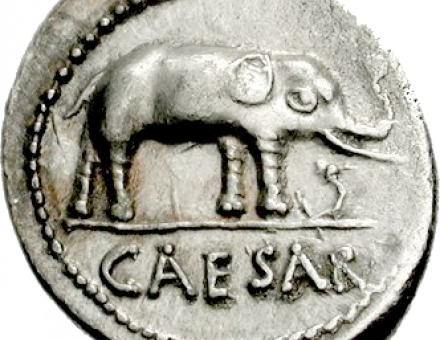John of Gaunt’s Grande Chevauchée
In August, 1373, a large and slow-moving English army set out to march across the heart of France. Their expedition lasted for five months and covered nearly a thousand miles, much of it through hostile and almost unknown country. Alfred Burne explains why it was considered a resounding feat of arms, even by the French themselves.



